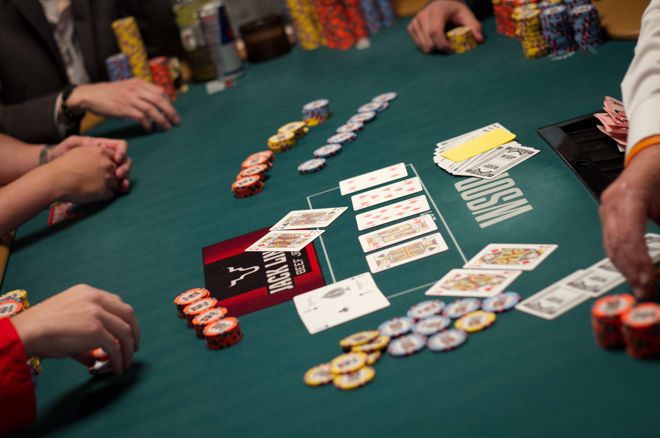Poker is a famous card game well-known for its strategic depth and diverse hand rankings. A sequence in poker is a group of successive cards of the same suit. These phases are an important component of the game and can significantly impact a player’s chances of winning. Poker sequences are classified into various categories, each with its properties. While sequences formed in the “regular” way can be memorized, those following special rules must be learned. This article will look at these Poker Sequence and their meaning in various poker variations.
The most common types of poker sequences include:
The following are the most frequent forms of poker sequences, often known as poker hands:
1 High Card: When none of the following poker hands are present, the winner is chosen by the highest card in their hand. If many players have the same top card, the cards after that are compared, and so on.
2. One Pair: When two cards of the same rank are in a player’s hand, they form a “pair.” The highest pair wins the hand. If two players have the same highest pair, the next card in their hands is compared, and so on. If more than two players have pairs of equal value, the player with the highest second card wins.
3. Two Pair: When three cards of the same rank are found in a single hand, they form a “two pair.” The highest two pairs win. If two players have two pairs of equal value, their next card is compared until one has the edge over his opponent.
4. Three of a Kind (Trips or Set): The highest three cards of the same rank form a “three of a kind” (Trips or Set). If two players have three of a kind, the next card in each player’s hand is compared. If more than two players have three-of-a-kind, the player with better cards wins.
5. Straight: When the five cards of the same suit are in hand, they form a “straight.” If two players have equal straights, their next card is compared and so on, until one player beats his opponent.
6. Flush: When all cards in hand are of the same suit, this is called a “flush.” If two players have equal flushes, then their top card is compared and so on.
7. Full House (or Boat): When three of a kind plus a pair form a hand, it is called a “full house” or boat. If two players have full houses that are equal in value, then the fourth card in their hands is compared until one player wins.
Some of the most popular poker variants:
1. Texas Hold’em: One of the most well-known Poker games variations is Texas Hold’em. Players are handed two private cards and must use five community cards to create the greatest hand possible. The above-given hand rankings relate to Texas Hold’em.
2. Omaha: Omaha is identical to Texas Hold’em, but with one crucial difference: players are given four instead of two secret cards. Players must employ exactly two of their cards and three of the communal cards to build their best hand. In Omaha, the same hand rankings are utilized.
3. Seven Card Stud: Seven Card Stud is a poker variant played with seven hidden cards. Three additional face-up cards are then dealt, followed by a betting round. Once this is complete, players can use any five cards from the board and two of their hidden ones to make the best hand possible.
4. Razz: The highest card in Razz always wins – no other hand rankings are involved in this poker variation. Players are dealt seven cards to build the best five-card hand possible to win the prize.
Conclusion:
Understanding the various types of poker sequences and their relevance in various poker variations is critical for game success. Recognizing and generating these sequences is a vital ability for every poker player, whether participating in a casual house game or high-stakes tournaments.






